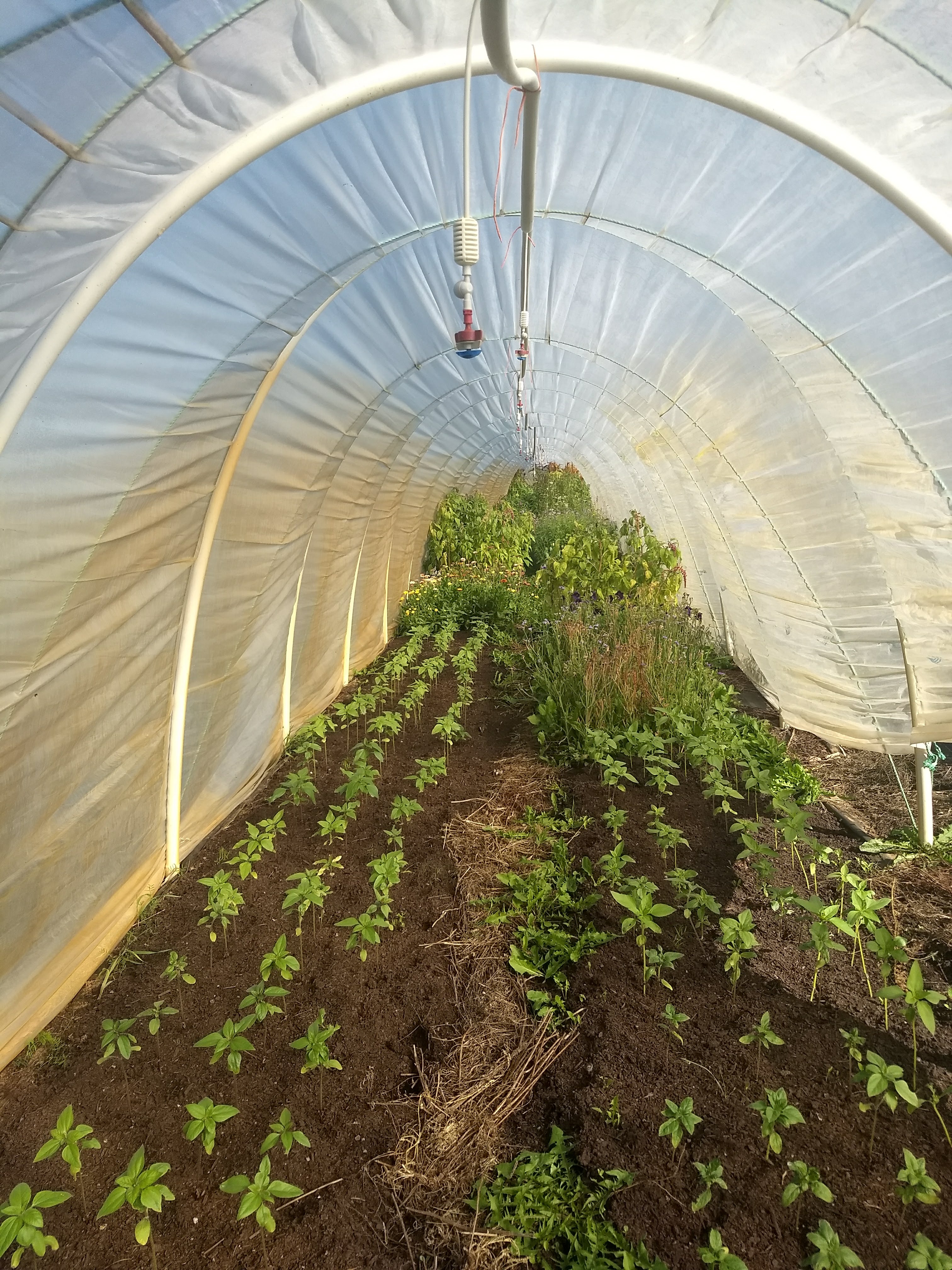When’s the best time to weed your crops? 2-3 years ago!! (Yes, I know, the real answer is when the weeds are at the white thread and cotyledon stage….)
This is the kind of Important yet Non-Urgent action that easily slips to the wayside when things get busy… especially while playing catch-up after such a wet, late spring as we’re currently experiencing.
I would like to offer a couple of simple questions for your reflection that can lead to some high impact, high leverage actions.
Where specifically on your farm are next year’s weed sensitive crops going?
The act of defining where your most weed-sensitive crops will be planted next year is surprisingly powerful. It is important that once you answer these questions for yourself, that you also communicate it to your farming partners and crew.
- What crops are the most susceptible to weeds? (Ex: Carrots, Salad mix, onions, Insert your personal answers here)
- What area of weed sensitive crops do you anticipate growing next year (approximately)?
- Where specifically will those crops go?
What’s your plan to reduce the weed pressure in those areas?
Once again it doesn’t have to be complicated but as I learned as a Boy Scout when I was a kid: ‘If you fail to plan, you plan to fail’
- What are your most troublesome weeds? What is their lifecycle?
- Can you set aside some land for the whole season to focus on reducing the weed seed bank?
- If not, what actions will you take to ensure 100% no weeds going to seed in this year’s crop on that plot? What actions will you take to optimise post-harvest tillage to set the stage for the weed-sensitive crops next year?
- What methods and technologies are most appropriate to your scale? Silage tarps (occultation), bare fallow, mechanical cultivation, fast growing green manures, etc)
- What are the key dates that you will need to hit?
What systems or tools would best support you to actually implement your plan this summer?
This is all well and good…. but it ain’t worth a rat’s ass if it’s not implemented.
- What systems would support you to carry out your plan?
- Scheduled in your calendar ?
- Automatic email reminders and alarms? (Using the nw what nw ? do you mean no ? snooze function in gmail)
- Delegating the plan to a crew member?
- What tools and materials are necessary?
- Do you have the cover crop seed on hand?
- Is the necessary information clearly available to crew members in the form of reference charts etc?
- Is your tillage equipment capable of tilling just 1 or 2 inches deep for stale seed-bedding?
For more on weed control, check out this blog post from last year on the subject.
Have fun!!
Let me know what you see in this for yourself in the comments section below or by email!
If you enjoy this content, please share my blog in your networks and on social media. Thanks!






